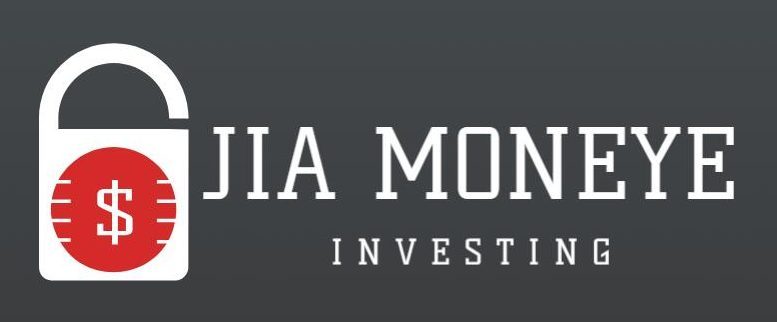Strategies for Paying Off High-Interest Credit Debt
Effective Strategies for Eliminating High-Interest Credit Card Debt
High-interest credit card debt can be a significant financial burden, often leading to a cycle of debt that is difficult to break free from. However, with the right strategies, it is possible to eliminate this debt and regain control over your financial health.
One effective strategy for paying off high-interest credit card debt is to prioritize your payments. This means focusing on paying off the credit card with the highest interest rate first, while making minimum payments on your other cards. This strategy, often referred to as the ‘avalanche method’, can save you a significant amount of money in interest over time.
Another strategy is to consolidate your credit card debt. This involves taking out a new loan or credit card with a lower interest rate and using it to pay off your existing high-interest debt. This can simplify your payments and potentially save you money in interest. However, it’s important to carefully consider the terms of the consolidation loan or credit card, as some may come with fees or introductory rates that increase after a certain period.
Negotiating with your credit card company can also be an effective strategy. Many companies are willing to lower your interest rate if you explain your situation and demonstrate a commitment to paying off your debt. This can make your payments more manageable and help you pay off your debt faster.
Transferring your balance to a credit card with a lower interest rate is another option. Many credit cards offer introductory rates for balance transfers, which can save you money in interest. However, it’s important to read the fine print, as these rates often increase after the introductory period, and there may be fees associated with the transfer.
Creating a budget and sticking to it is also crucial when trying to pay off high-interest credit card debt. This involves tracking your income and expenses, identifying areas where you can cut back, and allocating a certain amount of money each month towards paying off your debt. This can help you stay on track and ensure that you’re making progress towards your goal.
In addition to these strategies, it’s important to avoid accruing more debt while you’re trying to pay off your existing debt. This means avoiding unnecessary purchases, resisting the temptation to use your credit cards, and focusing on living within your means.
Lastly, seeking professional help can be beneficial if you’re struggling to manage your debt on your own. Credit counseling agencies can provide advice and resources, and may be able to negotiate with your creditors on your behalf.
In conclusion, while high-interest credit card debt can be daunting, it’s not insurmountable. By prioritizing your payments, considering consolidation, negotiating with your credit card company, transferring your balance, creating a budget, avoiding new debt, and seeking professional help if needed, you can effectively eliminate your debt and improve your financial health. Remember, the key to success is persistence and discipline. It may take time, but with the right strategies and a commitment to change, you can break free from the cycle of high-interest credit card debt.
